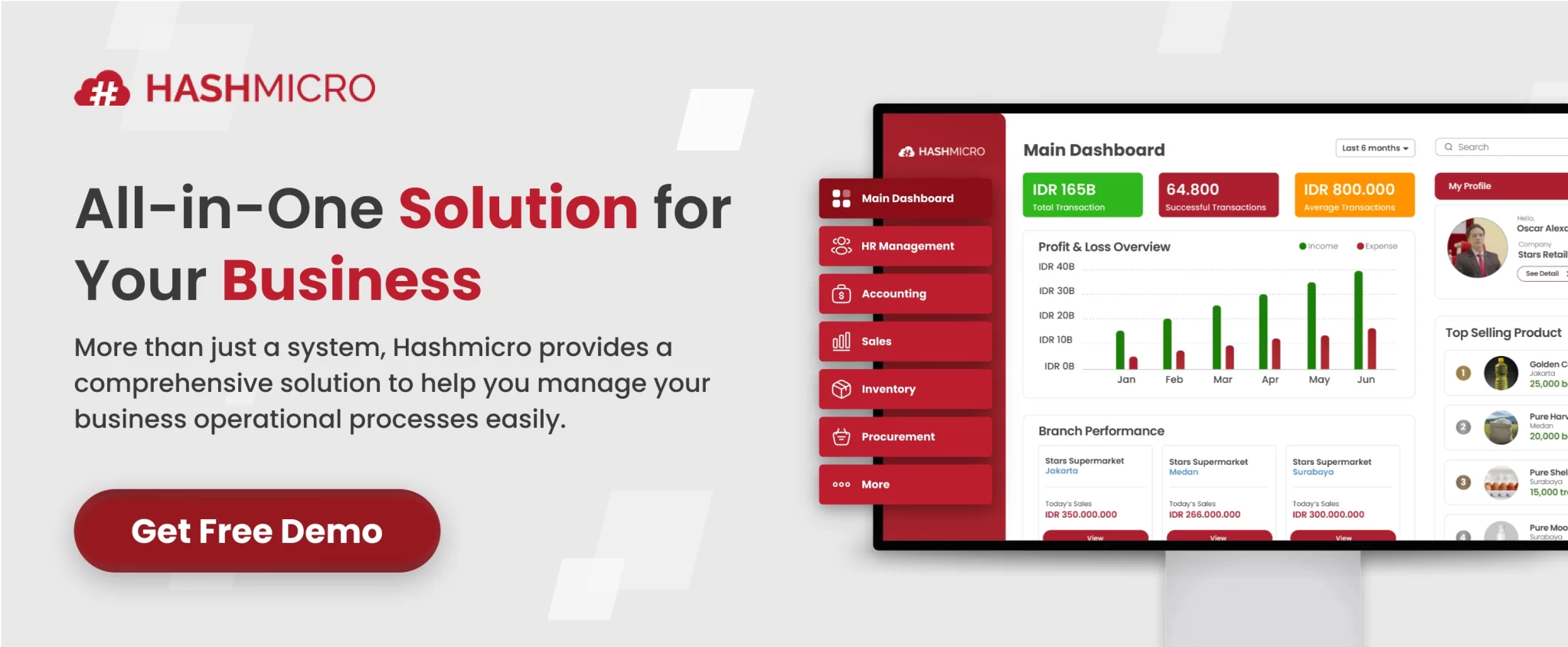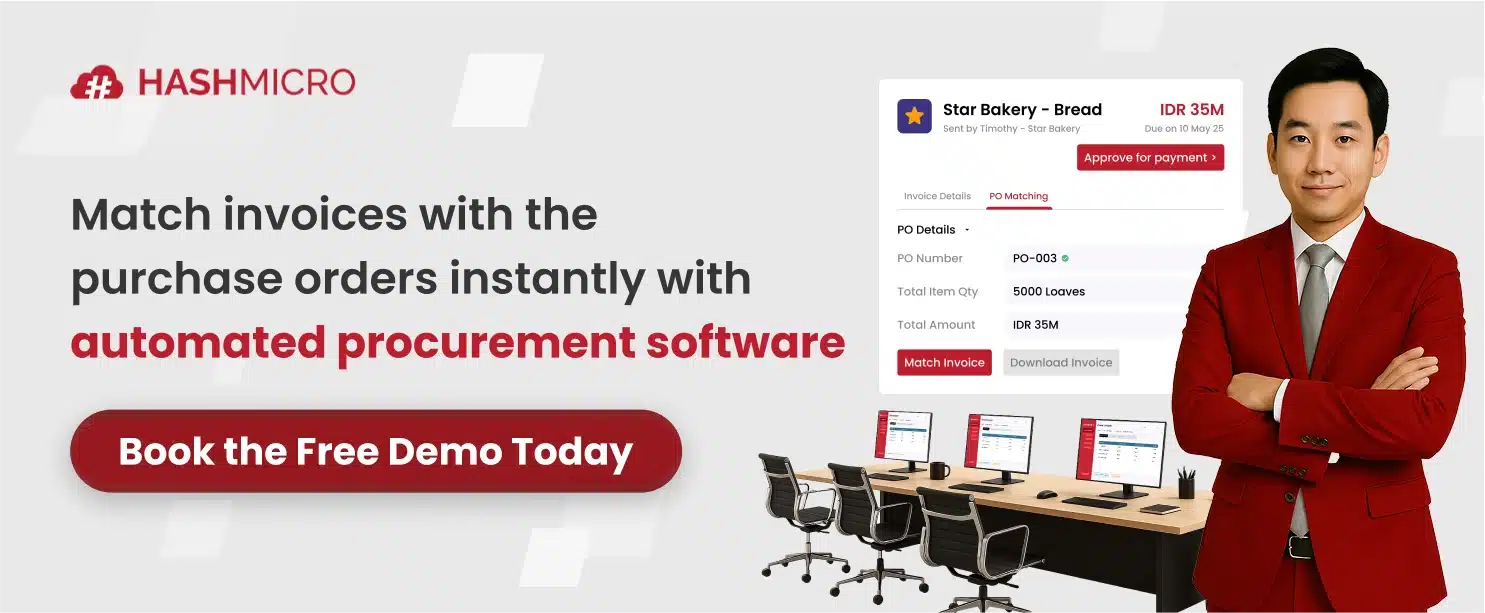Procurement management is the process of sourcing and purchasing goods and services from external vendors. It is essential for businesses to ensure operational efficiency and control costs while maintaining strong supplier relationships.
However, many businesses face challenges managing multiple suppliers, tracking purchases, and controlling budgets. A procurement management system can help automate these tasks, improve accuracy, and streamline workflows for better decision-making.
In this article, we will explore the key aspects of procurement management, the benefits of automating the process, and how businesses can overcome common challenges to optimize their procurement strategies.
Key Takeaways
|
What is Procurement Management and Why is It Important?
Procurement management is a strategic process of acquiring goods and services needed by a company to meet its operational goals. Effective procurement management ensures cost-efficiency, quality control, and timely delivery, ultimately contributing to business success.
Understanding procurement management is vital for any business, as it ensures efficiency, cost control, and strong supplier relationships. A clear procurement purpose aligns purchasing with business goals. Here are the key benefits to consider:
- Reduces procurement costs by negotiating better terms and prices with suppliers.
- Ensures the timely availability of necessary resources, avoiding production delays.
- Enhances supplier relationships through consistent communication and long-term agreements.
- Improves the quality of goods and services by enforcing stringent supplier standards.
- Increases efficiency by streamlining procurement processes and reducing waste.
- Provides better risk management by diversifying suppliers and ensuring supply chain operations resilience.
Steps of the Procurement Process

- Identifying needs: The first step is to define your business needs. This ensures that you’re purchasing exactly what’s necessary, avoiding unnecessary expenditures, and ensuring alignment with business objectives.
- Supplier selection: After identifying needs, evaluate potential suppliers based on criteria such as cost, quality, and reliability. This selection process helps you choose the most suitable suppliers, ensuring that your procurement meets quality standards.
- Contract negotiation: This step involves agreeing on terms, pricing, delivery schedules, and other important details to ensure both parties are clear on expectations and obligations, minimizing risks and potential disputes.
- Order management: This step involves placing orders and actively monitoring the procurement process. Proper order management is crucial for maintaining a smooth supply chain and avoiding disruptions that could impact business operations.
- Payment and performance review: After the goods or services are received, ensure accurate payment processing. Additionally, regularly review supplier performance to maintain high standards and improve procurement efficiency.
Features to Look For in Procurement Management System
When choosing the right procurement management system for your business, it’s essential to focus on the features that will enhance efficiency and streamline operations. Here are some key features to look for in a procurement management system:
PO, RFQ & PR management
A robust system should simplify Purchase Order (PO), Request for Quotation (RFQ), and Purchase Requisition (PR) processes. Automation reduces manual work, minimizes errors, and speeds up procurement tasks by centralizing all documents in one place.
With this feature, businesses can also compare supplier quotes effortlessly. Consequently, it helps decision-makers find the best value while ensuring that orders are processed swiftly and accurately.
PR approval management
A good system automates the approval workflow for purchase requisitions, ensuring that all requests go through the correct approval channels. This helps prevent delays and maintains compliance with company policies, eliminating the need for manual oversight.
The transparency provided by an automated approval process means that managers can easily track and manage requisitions, promoting accountability and better control of procurement operations.
Online portal for suppliers
A procurement system should include an online supplier portal to streamline interactions with vendors. Suppliers can submit quotes, track orders, and manage their information within the system, fostering better communication and collaboration.
By providing suppliers with real-time updates on their transactions, the portal reduces delays and miscommunications, speeding up order fulfillment and improving supplier relationships.
Vendor/supplier rating
An effective procurement system should allow businesses to rate suppliers based on key performance indicators such as delivery time, product quality, and pricing. This feature ensures that you can make data-driven decisions when selecting and negotiating with suppliers.
Regular vendor evaluations help companies maintain strong supplier relationships, hold vendors accountable, and weed out underperformers, ultimately improving the procurement process’s efficiency and reliability.
Blanket order management
Blanket orders, which cover recurring purchases over a period, should be easily managed by your procurement system. This feature streamlines long-term supplier agreements and ensures stock availability without repeated ordering efforts.
By automating blanket order management, businesses can monitor consumption trends and adjust future orders accordingly, optimizing inventory control and strengthening supplier partnerships.
Landed cost calculation
A procurement management system should include a tool for calculating landed costs, which represent the total cost of importing goods, including shipping, and duties. This ensures accurate pricing and helps businesses assess the true cost of their products.
With landed cost calculation, businesses can avoid underpricing their goods and gain better control over profitability, as well as compare suppliers based on comprehensive cost data for efficient procurement management.
If you’re looking for a procurement solution to streamline your processes, we’ve curated the best procurement software in Singapore. These options offer various features designed to meet your business needs, helping you enhance efficiency and drive growth.
Best Practices for Better Procurement Management
Effective procurement management practices are crucial for businesses to optimize spending, streamline processes, and ensure long-term success. Below are the three best practices that can elevate procurement processes for better outcomes.
- Use spend analysis: Integrating procurement strategy with spend analysis helps identify cost-saving opportunities, optimize supplier performance, and make data-driven decisions for enhanced procurement outcomes.
- Digitize and automate: Digital tool implementation and workflow automation through a purchasing management system accelerates processes like purchase order approvals, reducing manual errors.
- Vendor lifecycle management: Managing vendors from onboarding to contract renewal ensures consistent quality, strengthens supplier relationships, and promotes competitive, long-term contracts.
- Centralized procurement with ERP: Implementing a procurement ERP system unifies procurement processes across departments, providing a centralized platform for tracking orders, managing budgets, and overseeing supplier performance.
Automate Your Procurement Management with HashMicro
HashMicro Procurement Software is a robust purchasing solution that automates the procurement process, from requisition to payment. The software centralizes data and allows businesses to manage suppliers, monitor purchases, and control spending in a single platform.
HashMicro’s software includes all essential features discussed earlier, from PO, RFQ & PR management, and PR approval workflows to blanket order management and landed cost calculation. These features ensure control and efficiency across the procurement lifecycle.
Moreover, HashMicro provides a free product tour and consultation without commitment, allowing businesses to explore the software’s features and understand how it can be customized to meet their needs.
Trusted by major companies like McDonald’s, Hino, and Changi Airport Group, HashMicro’s software has proven its reliability and credibility across various industries, making it a top choice for businesses seeking robust and scalable ERP solutions.
Conclusion
Procurement management is crucial for any business looking to optimize its supply chain and control spending. With the right system, companies can streamline processes, enhance supplier relationships, and ensure cost-effective purchasing decisions.
HashMicro Procurement Software is a reliable ERP solution that centralizes procurement tasks, from requisition to payment. The software simplifies supplier management, helps control spending, and offers real-time visibility, making it an excellent choice for businesses.
Ready to transform your procurement process? Experience firsthand how HashMicro’s software can meet your specific needs. Take advantage of the free demo to explore the features that can help streamline your procurement operations today.
Frequently Asked Questions About Procurement Management
-
What is the difference between procurement and purchasing
Procurement is a strategic process that involves sourcing, negotiating contracts, managing suppliers, and overseeing the entire supply chain. On the other hand, purchasing is a subset of procurement that focuses on the transactional aspects, such as ordering, receiving, and paying for goods or services.
-
How do you manage procurement effectively?
Effective procurement management involves several key practices, including conducting spend analysis, digitizing processes through procurement ERP systems, fostering strong supplier relationships, and ensuring transparency in the procurement cycle. Companies can optimize costs and improve efficiency by aligning procurement strategies with business goals.
-
What is an example of procurement management?
An example of procurement management is when a company uses a procurement ERP system to manage the sourcing of raw materials. The system automates purchase orders, tracks supplier performance, and ensures that goods are delivered on time, all while monitoring spending to stay within budget limits.





















































